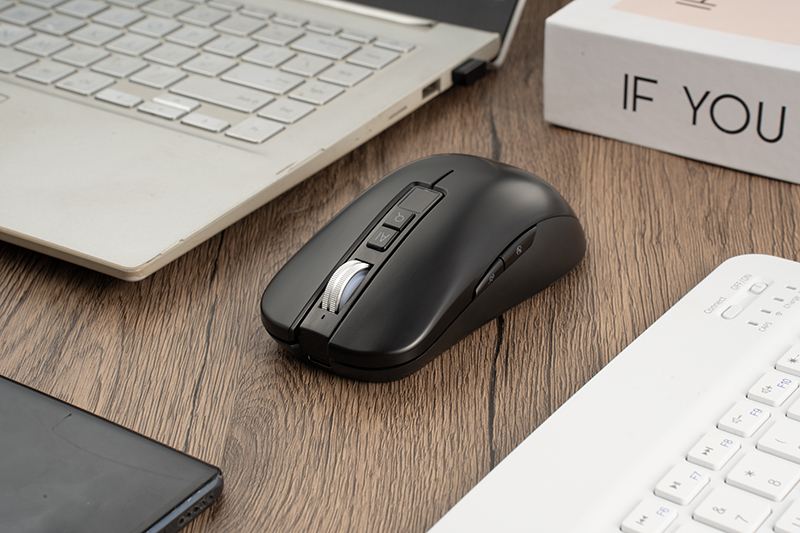Information and Communication Technology (ICT) hardware forms the backbone of modern businesses, impacting productivity, security, and scalability. Choosing the right hardware requires careful consideration of performance, cost, compatibility, and future needs.
This guide will help you make informed decisions when selecting ICT hardware for your company.

Here’s a structured approach to selecting the right ICT hardware for your business, building on your guide with actionable insights and critical considerations:
1. Assess Business Needs & Workflows
- Map User Roles: Tailor hardware to employee tasks (e.g., basic admin: i5/8GB/SSD; engineers: i7/32GB/GPU).
- Software Requirements: Check vendor specs for CPU/RAM/storage (e.g., CAD tools need dedicated GPUs).
- Growth Projections: Plan for 3-5 years (scalable servers, extra RAM slots, network capacity).
2. Computers & Workstations: Beyond Specs
- Mobility: Hybrid work? Prioritize lightweight laptops (e.g., Ultrabook’s) + docking stations.
- Reliability: is it for business-grade devices (e.g., Dell Latitude, HP Elite) with 3+ years warranty.
- Security: Ensure TPM 2.0 for encryption, biometric login options.
- Cost-Saving Tip: Use SSDs for OS/apps + network-attached HDDs for bulk storage.
3. Networking: Performance & Security
- Future-Proofing: Choose Wi-Fi 6E/7 and multi-gigabit switches for high-density offices.
- Security Layers: Next-gen firewalls (NGFW) with intrusion prevention + VLANs to segment traffic.
- Redundancy: Dual ISPs + backup cellular failover for critical operations.
- Scalability: Modular switches/controllers for easy expansion.
4. Servers & Storage: Hybrid Flexibility
- Cloud vs. On-Premise:
- Cloud: Ideal for scalability, remote access (AWS/Azure). Watch long-term costs.
- On-Premise: Essential for low-latency/data control (e.g., finance). Use hyper-converged (HCI) systems for simplicity.
- Storage: SSD caching for performance + HDD/RAID 6/10 for backup. Automate backups to offsite/cloud.
5. Budget & Procurement Strategy
- TCO Analysis: Include upfront cost, maintenance, power, and disposal.
- Phased Rollout: Prioritize mission-critical areas first (e.g., servers before peripherals).
- Leasing Options: Consider hardware-as-a-service (HAAS) to preserve capital.
Selecting the right ICT hardware requires balancing performance, cost, and future needs. By assessing your business requirements, researching vendors, and prioritizing scalability, you can build an efficient and secure IT infrastructure.
